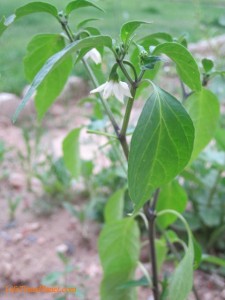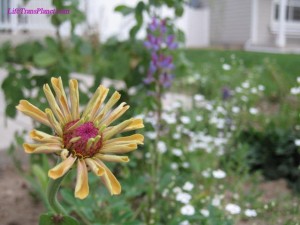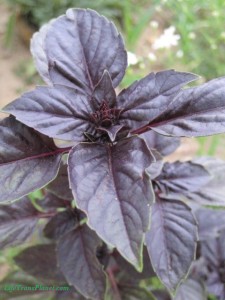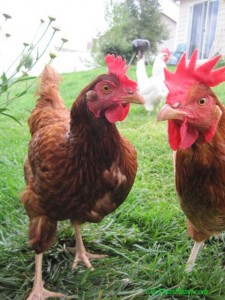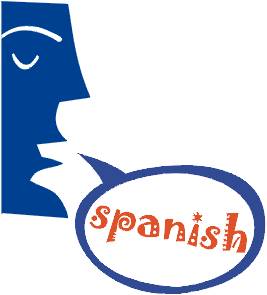Today’s Spanish tip is about colors: los colores. (Lohs Coh-lor- res)
We use colors to describe many things. Here are the colors in Spanish and English. Many of them are gender specific when describing an object. For example, to say: ‘the black dog’ it is ‘el perro negro’, for ‘the black chair’, it is ‘la silla negra’. Rosa and Naranja are exceptions because they are also objects in and of themselves (rose and orange). So for a masculine pink object (is that an oxymoron?), it would be rosado. For example: the pink telephone: el teléfono rosado. The orange shirt is ‘la camisa naranja’ but the orange hat is ‘el sombrero anaranjado‘. The ones that don’t end in “a” or “o” like verde, azul, café, you don’t have to change, unless it is plural. The blue tables: ‘las mesas azules’, the green knives?: ‘los cuchillos verdes’.
Rojo=red
Gris =grey
Azul =blue
Negro =black
Café =brown (actually means coffee)
Rosa =pink (or rosado)
Verde =green
Blanco =white
Naranja =orange (or anaranjado) naranja is also the name for the orange fruit, just like in English. Except in Puerto Rico (and maybe elsewhere), where the fruits are called chinas.
Morado -purple (I’ve also heard púrpura and violeta)
Amarillo -yellow (Now you know the meaning of the Texas city!)
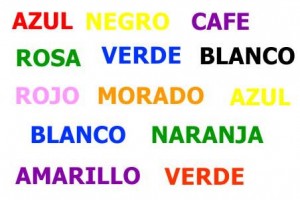
(For some reason, in this image the colors of the words do NOT correspond)
There is also a very famous song sung in most Spanish-speaking countries called ‘De Colores’. It’s a very pretty song. Plus it sings about chickens! How great is that?! The commonly sung lyrics are here for you to enjoy. The translation to English is not great (I’m not sure who did it), but you get the idea at least.
|
Spanish Version De colores, de colores
Y por eso los grandes amores
Canta el gallo, canta el gallo
Y por eso los grandes amores
De colores, de colores
Y por eso los grandes amores |
English Version
And that is why I love
The rooster sings, the rooster sings
And that is why I love
In colors, in colors
And that is why I love
|
Now you can ask for “De Colores” when you go to a Mexican restaurant and there is a Mariachi band.


